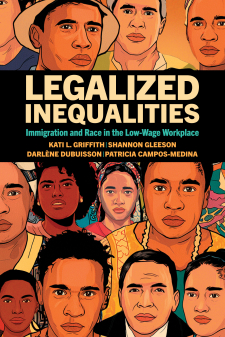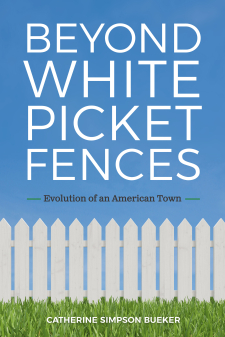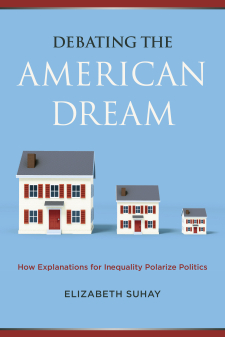The Intermingling of Peoples in the United States: Intermarriage and the Population History of Ethnic and Racial Groups Since 1880
In the past forty years, the new wave of immigration from Asia and Latin America has begun to rival, in size and scope, the last "great migration" from Europe to the United States at the outset of the twentieth century. As the children of post-1965 immigrants come of age, some observers have started to wonder whether they will meld into American society as their immigrant predecessors did in the early twentieth century or eschew assimilation in favor of a bi-cultural or hybrid identity.
Joel Perlmann has spent years studying the process by which immigrants and their descendants become integrated into U.S. social and economic life. Now, with support from the Foundation, he will assess the effect that changes in population and intermarriage presage for the structure of race and ethnicity in the United States. He will estimate intermarriage rates for Southern, Central, and Eastern European groups, and compare them with Mexicans in the twentieth century and the children of southern blacks who migrated north. He is particularly interested in how ethnic blending takes place in contemporary U.S. society, and how it differs from the past. His major concern is with the historical context of intermarriage, especially with the impact that intermarriage patterns have on the composition of the group as a whole in the following generation. He will work with census data and other demographic records and will present his results in a series of working papers, leading to a book-length manuscript.





